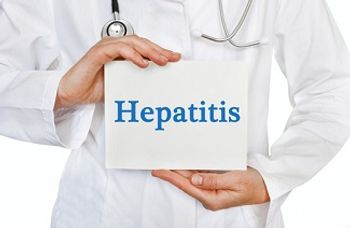
CDC Launches Pilot Program to Accelerate Testing for Antibiotic Resistance
CDC Antibiotic Resistance Laboratory Network has launched a pilot program using printers with antibiotic susceptibility testing panels.
Antibiotic resistance is an urgent public health threat and when susceptibility testing is not available, providers are unable to determine the most effective antibiotic for their patients. In these cases, patients may not receive the correct antibiotics to treat their infection which can lead to unnecessary side effects, prolonged treatment, and increased risk of developing resistance.
In a new
“Bacteria continuously develop new ways to resist antibiotics—once a drug is approved for use, the countdown begins until resistance emerges. In fact, resistance has even been detected before FDA approval,” said Jean Patel, PhD, D (ABMM), Science Team Lead, Antibiotic Resistance Coordination and Strategy Unit at CDC in a
Testing for the pilot program will begin at the CDC this fall and in early 2019 and the printers will be implemented in 4 Antibiotic Resistance Laboratory Network (AR Lab Network) regional labs: Tennessee State Public Health Laboratory, Wisconsin State Laboratory of Hygiene, Minnesota Department of Health Public Health Laboratory, and Wadsworth Center Laboratories.
The inkjet printing technology has been adapted for printing antibiotic susceptibility testing (AST) panels which will help health care providers decide if new drugs could effectively treat drug-resistant infections. This approach aims to address the gap between new drug approvals and the availability of testing methods for the new drug in hospital labs.
The printers are operated by laboratorians who place the new drug solution in the printer, which the CDC equates to adding ink into an ink cartridge. The next step is to prepare a 96-well plate which consists of 96 small test tubes that hold samples of the germs that are causing the patient’s infection.
Through a software program, the lab decides which drugs to use in each well as which concentration, using a microdilution minimum inhibitory concentration (MIC) panel. If the germs are able to grow in the well after this stage, then the germ may be resistant to the concentration of the drug solution. The results are collected and reported to the health care provider, to determine which drugs should be prescribed as well as the appropriate dose.
This pilot program is a part of the CDC’s AR Network, which was established in 2016. The network supports nationwide lab capacity to rapidly detect antibiotic resistance and inform local responses to prevent spread and protect individuals.
The AR Network includes labs in all 50 states, along with 7 regional labs that complement local and state health officials, work and provide additional testing and outbreak support when needed.
The pilot program will last for 1 year and will prioritize testing for highly-resistant bacteria. If the program is successful, HP and the CDC will move to create a larger rollout of the printers in laboratories nationwide.
The lab supports national priorities to combat AR and complements additional CDC antibiotic resistance prevention and response investments. The initiative invests in the nation to defend against antibiotic resistance by supporting national infrastructure to detect, respond, contain, and prevent resistant infections.
Some of the most pressing threats for the AR Network include carbapenem-resistant Enterobacteriaceae (CRE), Acinetobacter species and Mycobacterium tuberculosis.
Newsletter
Stay ahead of emerging infectious disease threats with expert insights and breaking research. Subscribe now to get updates delivered straight to your inbox.
















































































































































































































































































